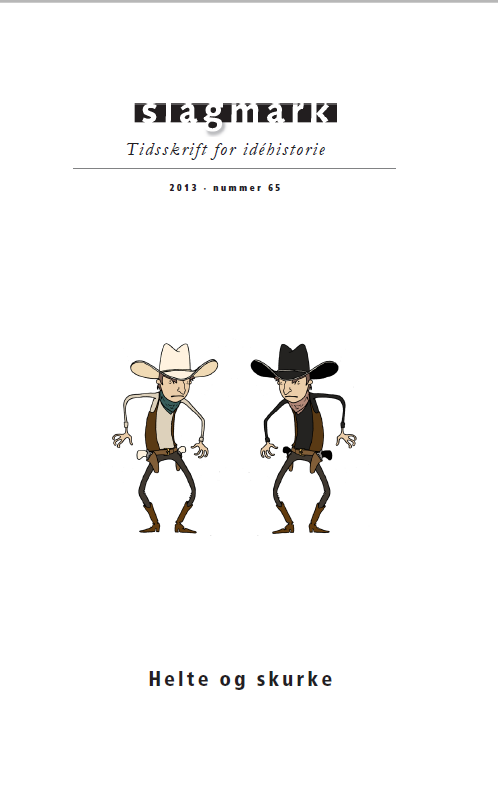Ludvig Holbergs opgør med Antikkens helteideal
DOI:
https://doi.org/10.7146/sl.v0i65.104129Nøgleord:
Holberg, Plutarch, Oriental and American heroes and villains, flawless statesman, sanctimonious deceiverResumé
There exists a general agreement that the most precise and extensive definition of Ludvig Holberg’s perception of the historical hero and villain is to be found in his Heltehistorier (Hero-tales) from 1737. Scholars however have never fully agreed on who the heroes and villains of Heltehistorier were. Some focus on certain biographies from which they deduce that Holberg operated with one single type of hero. This article indicates that Holberg did not limit his definition of a hero to one specific archetype. His intention was to dispute the classical hero figure, and instead present a series of different types of hero but also villain. Heroes could excel as: gracious warlords, flawless statesmen or philosophers, while the villains were portrayed as sanctimonious deceivers or merciless avengers. Heroes could also possess vices and villains virtues. Whether their attributes were good or bad was always assessed in relation to their cultural and historical heritage.
Downloads
Publiceret
Citation/Eksport
Nummer
Sektion
Licens
Ophavsretten til artiklerne i Slagmark deles mellem forfatter og Forlaget Slagmark.
Artikler og tekstmateriale publiceret i Slagmark må citeres, downloades og videresendes for ikke-kommerciel brug, under forudsætning af normal akademisk reference til forfatter(e) samt tidsskrift, årgang, nummer og sider.
Brug og distribution af tekstmateriale både i form af papirkopier og elektroniske kopier, til undervisningsbrug på uddannelsesinstitutioner og intern brug er tilladt efter aftale med Copydan Tekst & Node. Brugen skal ske inden for aftalens rammer.
Artikler og tekster må kun genudgives med eksplicit tilladelse fra forfatter(e) og tidsskriftet med en anerkendelse af værkets første publicering i nærværende tidsskrift.





